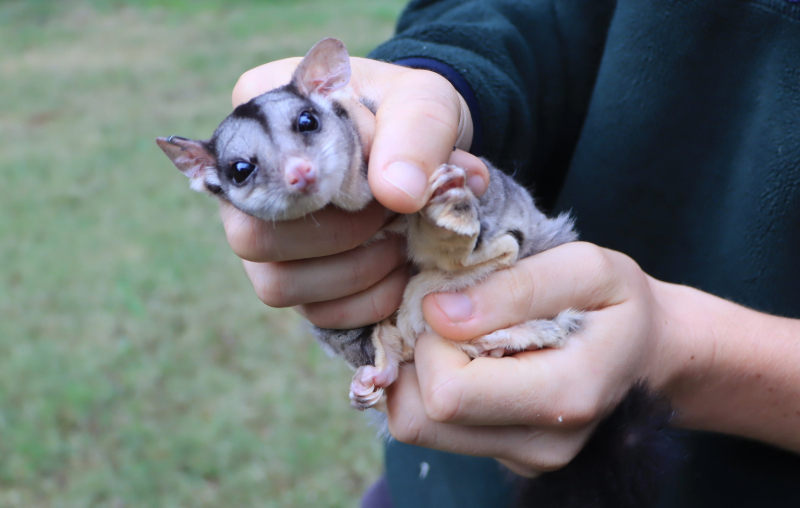For too long residents in the Bayside local council area have had to put up with noisy vehicles interrupting their peace. The NSW Government is taking action to end that.
The NSW Labor Government committed in the election to trialling noise cameras and cracking down on cars that disturb the peace.
Residents are now being invited to provide input into the noise camera trial, which is due to start in the coming months.
The NSW Environment Protection Authority (EPA) will trial noise cameras in Bayside and Wollongong in response to community concerns about the impact of noisy vehicles.
Residents can make suggestions on where the noise cameras should be trialled, via the EPA’s website. The EPA plans to test the moveable cameras at several locations.
Vehicle noise cameras are an emerging technology currently being tested in various formats in major cities around the world, including in London, Paris and New York.
In NSW, the EPA works in partnership with local government, NSW Police and NSW Roads and Maritime Services to enforce noise control regulations.
Give input on the noise camera trial
Report noisy vehicle pollution
Minister for the Environment Penny Sharpe said:
“Car hoons are on notice. The NSW Government has heard the community’s concerns about noisy vehicles and is committed to sourcing and testing the most effective methods to deter anti-social behaviour on our roads.
“Work is underway to test noise cameras in communities fed up with noisy vehicles, and we invite all residents to have their say and play a key role in the trials.”
Member for Rockdale Steve Kamper said:
“The local Rockdale community has been calling for action against disruptive noisy vehicles for years.
“In the first 12 months of Government, we have already delivered three new fixed speed cameras along The Grand Parade to address the reckless behaviour endangering our local community.
“The Noise Camera Trial is the next step in addressing the antisocial behaviour. I encourage all interested residents in the Rockdale and Bayside Council area to have their say.”

 Cr Elizabeth Adamczyk joins the University of Newcastle’s Dr Ryan Witt, Sam Hayley and Oliver Brynes at Richley Reserve as part of the Squirrel Glider research project.Intensive monitoring by a University of Newcastle team has confirmed the presence of Squirrel Gliders in Blackbutt Reserve and Jesmond Bushland, with a thermal drone detecting body heat signatures of the animals hidden in the canopy.
Cr Elizabeth Adamczyk joins the University of Newcastle’s Dr Ryan Witt, Sam Hayley and Oliver Brynes at Richley Reserve as part of the Squirrel Glider research project.Intensive monitoring by a University of Newcastle team has confirmed the presence of Squirrel Gliders in Blackbutt Reserve and Jesmond Bushland, with a thermal drone detecting body heat signatures of the animals hidden in the canopy. Squirrel GliderWildlife conservation scientist Dr Ryan Witt from the University of Newcastle, who is leading the research effort, said Squirrel Gliders are one of the city’s last remaining threatened marsupials.
Squirrel GliderWildlife conservation scientist Dr Ryan Witt from the University of Newcastle, who is leading the research effort, said Squirrel Gliders are one of the city’s last remaining threatened marsupials.